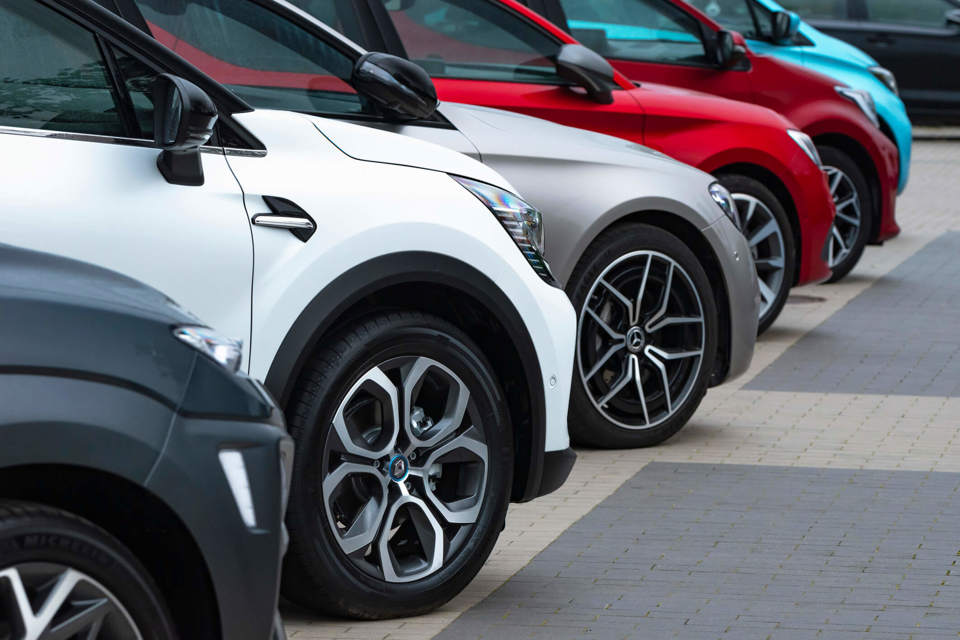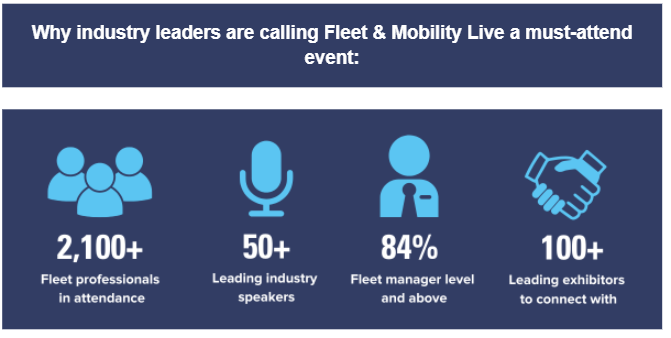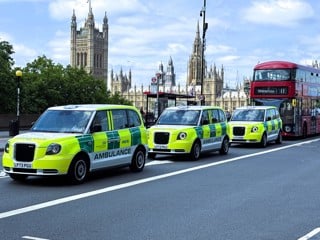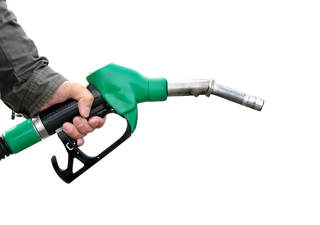The expected rate of electrification has been revealed by global fleets in a new study commissioned by Wex and conducted by Frost and Sullivan.
Two-in-five global fleets (42%) expect that half or more of their fleet would be composed of electric vehicles (EVs) by 2030, with 80% expecting at least one-in-four vehicles they operate to be electric.
The research finds that a significant 73% of UK fleets have set a specific target date to reduce emissions, higher than the global average of 59%.
The biggest roadblock is public charging, according to UK operators, with UK fleets relying on public charging (70%) more than fleets in other countries (62% on average).
“Organisations know EVs can benefit commercial fleets, but electrification is a gradual process that involves more than just vehicle replacement,” said Carlos Carriedo, chief operating officer, Americas payments and mobility at WEX.
“This report’s findings indicate a fleet manager’s focus isn't on 'if' or 'when' to transition but on 'how best.' A key strategy is recognizing the value of mixed-energy fleets for a smooth and effective shift to electrification.”
The report - “The Commercial EV Transition: Global Insights on a Mixed-Energy Fleet Future” - explains how the transition to a mixed-energy fleet, which integrates both EVs and internal combustion engine (ICE) vehicles, is not a one-time switch but a gradual process.
Adoption rates for EVs can vary significantly depending on factors such as the region, industry, and an organisation’s scope and size.
Understanding the underlying dynamics can be crucial for optimizing operations and achieving long-term benefits.
“Operators will maintain a mix of traditional and electric vehicles for the foreseeable future, introducing complexities in operations, infrastructure, energy sourcing, and payments,” explained Carriedo.
“A mixed-energy fleet approach mitigates risk, allowing businesses to adapt, learn, and, if they desire, transition fully to electric mobility when the infrastructure is ready.”
Key findings in the research include a substantial proportion (78%) of organisations have charging on-site, though charging en-route and at home were also widely used.
Some 90% of fleets also have the same payment options for ICE vehicles and EVs. Dual ICE/EV payment card availability ranks as the top influencing factor when choosing a payment card.
Furthermore, more than half of the respondents (58%) struggle with route planning, while 49% struggle to collect data, and 40% face challenges integrating fleet management software for ICE vehicles and EVs.
“The findings indicate that while the transition to EVs is underway, it's not without challenges,” said Jay Collins, SVP and GM, EV and mobility at WEX.
“With 78% of fleets charging onsite and 62% using public facilities, issues like identifying the best use cases, the best vehicles for those use cases, and the best charging strategies for those vehicles across a complex public and private infrastructure are significant.
“The mixed fleet adoption strategy enables businesses to acclimate to the nuances of EV integration gradually, ensuring operational efficiency throughout the transition period.”
The report also highlights the broader industry implications, noting that the top three challenges for fleet operators are the cost of fuel (67%), operational costs (66%), and profit margins (59%).
These challenges reflect fleet managers' pressures to manage expenses and maintain profitability while transitioning to new technologies and sustainable practices.























Login to comment
Comments
No comments have been made yet.